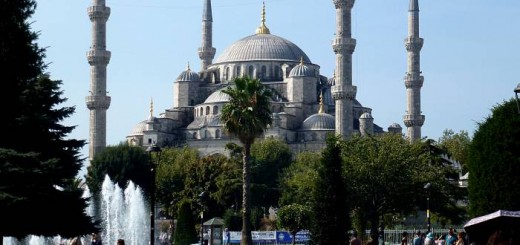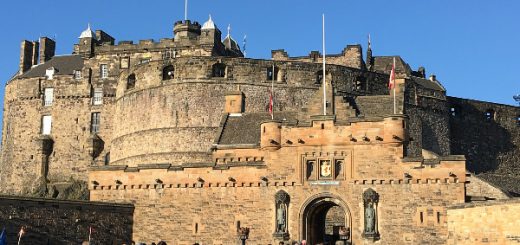Chefchaouen – The Blue Town
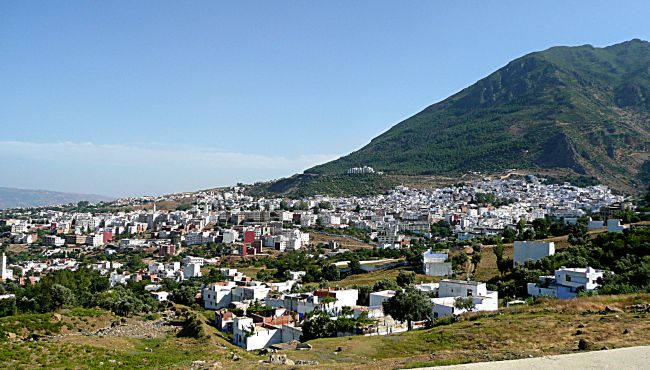
The first leg of our road trip in Morocco took us from Tangier to the mountain town of Chefchaouen, known as the ‘blue town’, about 110km southeast. Set in the Rif mountains, this pretty town is famous for its medina (old town) of striking blue houses with red tiled roofs, key-hole shaped doorways and tiled passages winding throughout. Our driver guided us to our accommodation and then left us for the remainder of the day to do as we pleased, since the trip only took about two hours.
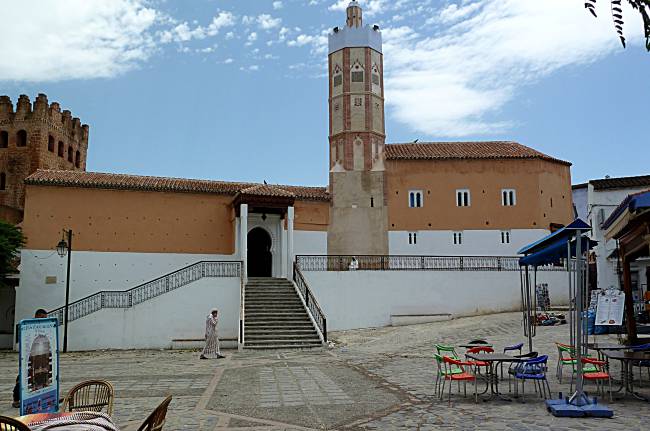
Founded in 1471 as a consequence of the expulsion of Muslims and Jews from Spain, the centre of the medina is dominated by the 15th century Great Mosque with its unusual octagonal minaret, and the old Kasbah facing Plaza Uta el-Hammam. The other side of the square has cafes and outdoor seating in the shade of spreading trees, where we took our lunch.
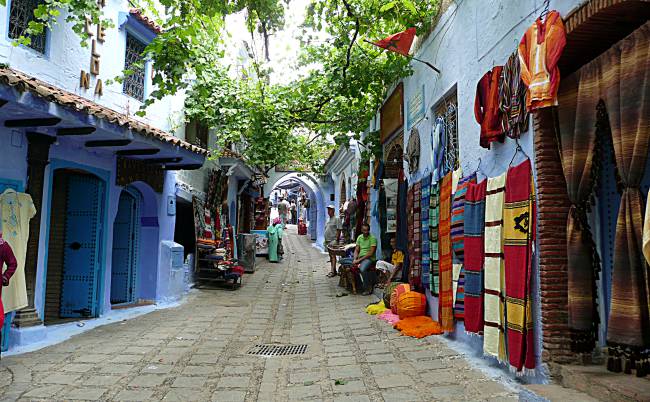
Later we wandered aimlessly through the winding streets of the medina admiring the blue buildings and stopping to check out shops along the way. It was not busy and shopkeepers were more laid-back than in Tangier.
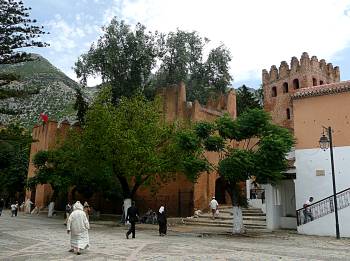
Winding up back in the main square, we decided to visit the Kasbah, a restored old fortress, now a museum displaying regional artefacts and an art gallery.

In the centre the garden was like an oasis in the heat, with access to the towers which provide stunning views over the city.
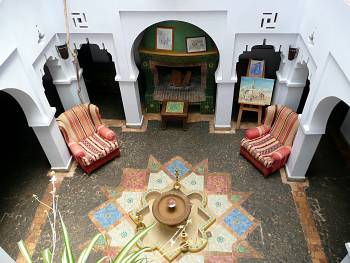
Our accommodation was in the Riad Casa Hassan which was our first experience of this type of dwelling. Basically, riad means garden, so these houses enclose a central open-roofed courtyard complete with pools or fountains, trees and potted plants.
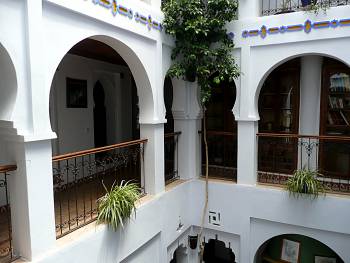
This allows cooling breezes to waft in to the upstairs rooms through centre facing windows and balconies. Happily for us, these restored riads also have air conditioning! As well as this private outdoor living area, alcoves off the courtyard serve as lounge and dining areas, where we were welcomed with mint tea or had our breakfast.
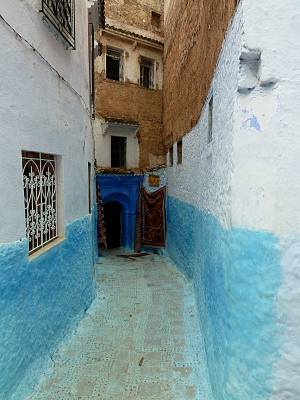
The outsides of these houses are often unremarkable, plain, windowless walls barely distinct from the one next door, although in Chefchaouen, blue paint, at least halfway up the walls, is de riguer. The distinctive features are the shape of the doorways and the huge doors with their rivet patterns, decorative painting and ceramic tiles.


Inside the front door of a riad there is a small ante chamber where guests are received before being allowed into the courtyard. This was designed to allow the women of the household to quickly retire to a private room if they were not wearing the prescribed modest vestments (Djellabas) for meeting outsiders.
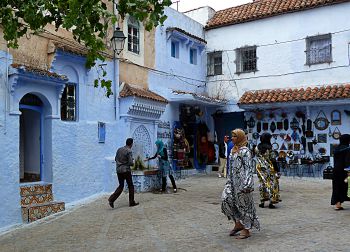
Moroccan custom frowns upon the exposure of bare arms and legs in public, although tourists are allowed some leeway in the extreme heat in the cities. While many women also wear headscarves, these are not really required, but are more usually seen in more conservative country regions.

Our riad owners also operated a restaurant nearby, so we were eager to try the local food. There was the customary, welcoming mint tea, followed by a traditional pie called a chicken pastilla. The flaky pastry was light and flavoursome, with a roasted almond, cinnamon, egg and chicken filling. But the strangest thing for us was that the top was dusted with icing sugar! And it was fantastic! Next we were keen to try an authentic tagine, with chicken, olives and potatoes as the main ingredients. It was very spicy with garlic, ginger, cumin, saffron, pepper and coriander, but the new ingredients for us were the preserved lemon and the chermoula. This was all served with a bowl of steaming hot couscous. Such a great introduction to Moroccan cooking. Fresh fruit rounded off the meal.
This had been a wonderful start to our road trip. Our driver would collect us next morning and we looked forward to spending a couple of nights in our next destination – Fes.



